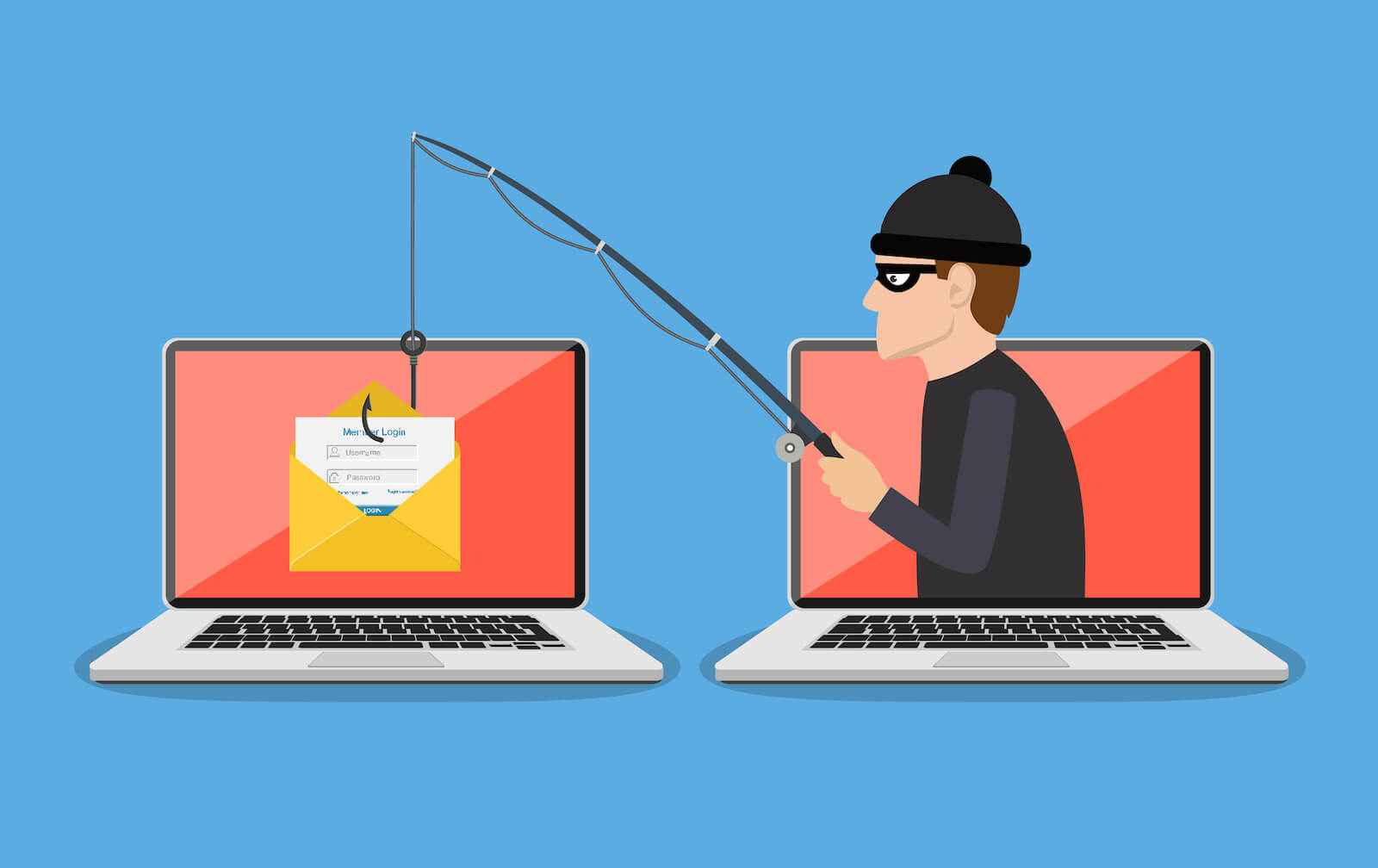What To Do If Your Email Is Hacked

Sundog does not manage email. But we can certainly give you some tips to help you get things sorted out.
Don’t Keep Anything Valuable In Your Email?
Did you know that if you have a name and an email address, hackers really like you? It’s true. Most hackers want your information so they either pretend to be you and profit or sell it to someone that wants to pretend to be you and profit. Email hacking is less about that receipt you received from your last Amazon purchase and more about what the hacker can do now that they can pretend to be you.
It’s never fun to have someone ask why you sent them that weird email asking for money because you’re stranded in some city 200 miles away. I can’t think of a single person with an email address that hasn’t dealt with an email issue at some point. Email hacking is a fact of life in the connected, digital, online world we live in. It can happen to anyone.
My Email Was Hacked. What Now?
There are a few things you’ll want to waste no time getting done. If you even suspect something strange is afoot, act immediately.
1. Change Your Password
This is truly the best thing you can do so a suspected hacker can’t get back into your account. Make sure you select a password that you’re not using anywhere else and haven’t used in the past. You could even step it up a notch and use a password generator so you can get an insanely complex password full of random characters. One password trick involves turning a familiar phrase into a password. For example, The quick brown fox jumps over the lazy dog can become Tqbfj0tld!. It’s good to substitute a number for a letter, and start or end with a unique character, too. Just remember, the longer the better.
2. Tell Your Friends
Chances are the hacker probably emailed everyone in your address book. They may have even made a copy of all those contacts. Send a quick message to everyone in your address book and let them know they should steer clear of any recent emails that have come from you.
3. Change Your Secret Question
You can use a secret question to get back into your account if you’ve forgotten your password. It’s important to remember that if a hacker was in your account, they probably looked at your secret questions and answers and could keep coming back. Make your new answers unpredictable. Did you know you don’t have to answer the question with the truth? Sure it might be easier to remember, but you can totally lie on those answers. It’ll be way harder for a hacker to guess if you do! This is usually a good time to review your other email settings, too. It’s good to ensure the hacker hasn’t set up a forwarding address or an email signature with a malicious link.
4. 2-Step Authentication Is Your Friend
Sometimes it’s called 2-Step Authentication or multi-factor authentication. Usually, you have to put in your phone number and be willing to receive a text message or phone call if it’s the first time you’re logging in on a new computer. Sometimes it’s an app on your phone you have to open and click “Approve” on. It’s a bit inconvenient at first, but it’s a surefire way to keep unwanted people out of your account.
5. Time To Scan Your Computer
It’s hard to know exactly how your email was compromised. So the best thing to do is to fire up your antivirus software and do a full system scan. Be sure your software has the most recent updates possible.
Was I Really Hacked Or Is My Email Address Being Spoofed?
It’s not common to hear someone say their email was hacked. But what if it wasn’t? Email spoofing is when the sender of a message forges (spoofs) the message’s “From” address so that it looks like it came from you. They do this for a couple of reasons. First, they’re trying to trick spam filters into allowing the messages. Your email address is probably a reputable one because you’re a reputable person. Your friends will see your email in their inbox instead of their spam folder. The second reason is generally that the spammer doesn’t want to get bounce backs in their own inbox. Spammers usually send out thousands of messages a day and don’t want to be bothered by the hundreds of bounce backs they’ll surely get in their inbox, so they have them sent to your inbox instead.
What Can I Do About Spoofing?
The short answer is… not a lot. Unfortunately, there’s not a way to prevent someone from finding your email address and spoofing a message “From” address. If you find that your account is constantly being spoofed, the best thing to do is to delete the account and start over. If this is just the first time you suspect you’re being spoofed, you can let it ride. It’ll probably be over in a week or two at the most.
Now, you may not have been hacked. However, it’s still advised to follow the 5 steps above as a precaution. Better safe than sorry.


